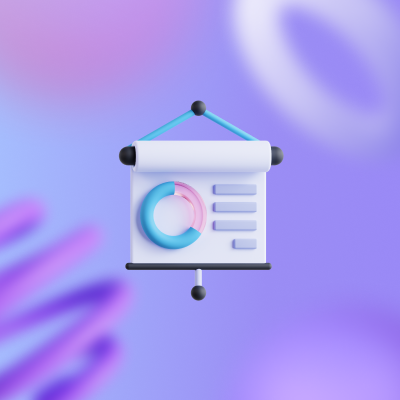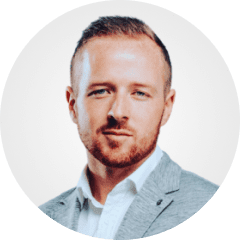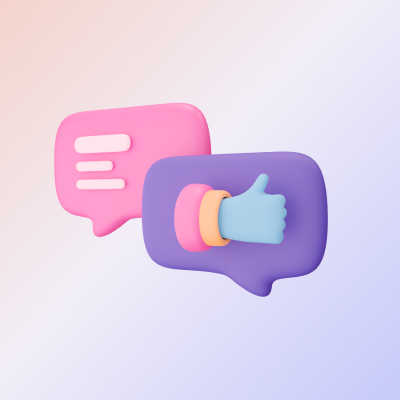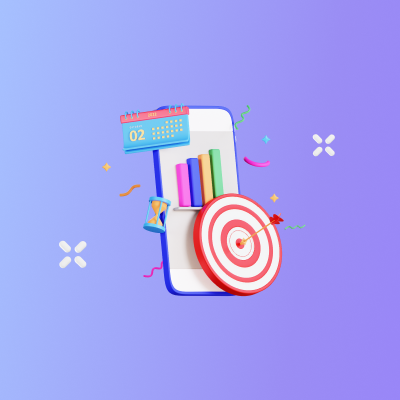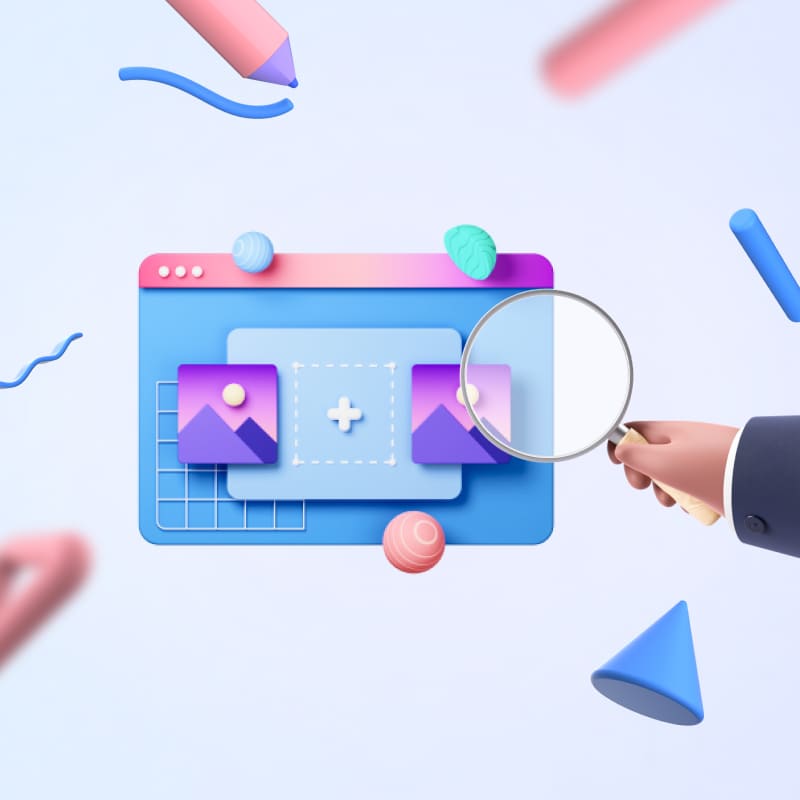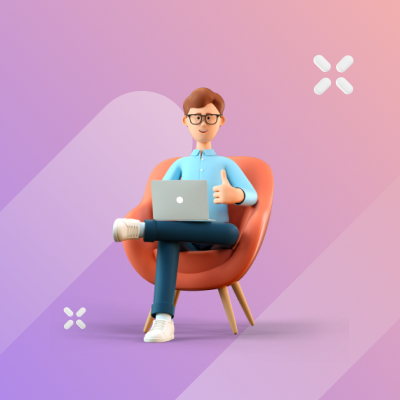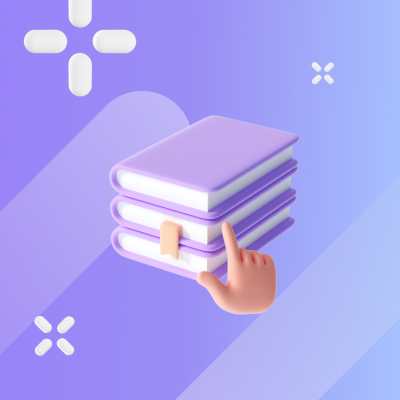
For our latest ebook — The State of eLearning 2022 — we conducted a survey. We wanted to know exactly what L&D professionals think about the current eLearning landscape.
One of the standout results?
Over a third of businesses are finding it hard to motivate their employees to engage with their L&D programme.
With user adoption such a problem, we’ve outlined two powerful strategies for improving employee engagement — gamification and personalisation. Let’s take a look.
Contents
Why is user attention dwindling in the workplace?
How can we solve the problem?
Increasing engagement
Embracing the change in attention
Adapting to generational shifts
Gamification and personalisation
Gamification
What is gamification?
How does gamification increase user attention?
Curiosity
Rewards
Competition
Real-life examples of companies using gamification
Noom
Duolingo
Personalisation
What is personalisation?
What role does personalisation play in user attention?
Examples of personalisation
Interface personalisation
Learning pathways
Content delivery
Why is user attention dwindling in the workplace?
The average human attention span has dropped to just eight seconds, shrinking nearly 25% in just a few years.
Rapid digital transformation is partly to blame. In the workplace, we’re bombarded with content, notifications and emails. That’s before we even begin to factor in interruptions from in-office colleagues.
We have to be able to switch our attention quickly from one thing to another — but what does this mean for L&D?
With our collective attention span decreasing, we have to find new ways to deliver learning content — capturing the attention and improving knowledge retention in the process.
How can we solve the problem?
To improve user attention for L&D, we can adopt a number of interlinked approaches.
Increasing engagement
Let’s start with the basics.
For employees to be engaged with an L&D initiative they have to see the value in it.
Communicating what they stand to gain from a course — or finding out from them what skills they want to develop — should be the very first step in L&D.
Embracing the change in attention
We, unfortunately, can’t do anything about the length of the average attention span. However, we can respond to that dip in attention by adapting learning materials accordingly. Consider:
Utilising microlessons, equating to a maximum of 15 minutes’ learning time per day — don’t stretch attention spans too far
Frequent reminders and notifications to prompt users to log in to their account
A streamlined LMS to make it easy for employees to navigate and progress through the platform
By minimising system friction, you retain learner attention for short and sweet learning opportunities.
Adapting to generational change
Younger generations have grown up with tech, gamification and personalisation. It’s what they’re used to when using tech at home. And it’s something that will help to engage them with workplace L&D. Baby boomers, less so.
Make yourself aware of the common ground found across generations, but also of the generational differences in the workplace.
By accommodating generational shifts, rather than expecting generations to shift their expectations for you, you create a more successful L&D programme.
Gamification and personalisation
Gamification and personalisation are key parts of the puzzle. Both help to increase engagement, sustain a learner’s attention and appeal to younger generations too.
But where do these pieces fit into the workplace puzzle?
Gamification
What is gamification?
Gamification means taking game elements — like point scoring, competition and rewards — and incorporating them into a non-game activity.
Training and development gamification, in particular, is about creating an engaging game-like experience as part of a learning programme.
How does gamification increase user attention?
We know that gamification in learning increases learner engagement by 60%. But how does it do this?
1. Curiosity
One of the reasons we keep playing a game is to level up and find out what comes next.
By moving from easier activities to a harder gamification programme that encourages employees to use more complex skills, you can create this type of journey – revealing new levels and giving learners a sense of achievement each time they complete one.
2. Rewards
When we get a reward, our brains release a chemical called dopamine. Dopamine makes us feel good and it helps to establish a behavioural habit. We choose to do more of a particular thing in order to get another dopamine hit.
Gamification in the workplace gives learners rewards in the form of points, badges and even real-life prizes. The visuals and sounds associated with this reward all reinforce the sense of achievement.
This all serves to establish a cycle of engagement for your employees, encouraging them to come back for more learning and more rewards.
3. Competition
eLearning gamification – like other types of games – usually involves some element of competition. Perhaps employees can see how they measure up against their colleagues on an L&D leaderboard.
Whilst this LMS gamification feature should be used with caution (you don’t want to stoke any divisions within your team), it can be a really big motivator and another example of gamification for employee engagement.
Real-life examples of companies using gamification
Ready for some gamification examples?
Noom
Noom is a weight loss app that aims to educate users on psychology and behaviour change. It does this through gamification.
Lessons are delivered in short bite-size sessions. There are lots of pop quizzes to assess progress. And there’s the chance to earn “Noom coins” in return for engaging with different elements of the app.
Duolingo
Duolingo is a language learning app that incorporates almost every gamification feature going – including streaks, rewards and a progress bar. One powerful feature is the leader board.
Every time a learner completes a lesson they earn XP points. The number of XP points they have determines their place in the league. If they reach one of the top spots in the league they level up to the next league. If they languish at the bottom, they are relegated.
The desire to come out on top and beat the competition keeps learners coming back for more.
Gamification doesn’t always have to be techy. Google chose to gamify its employee expenses process by giving employees greater ownership over it.
Employees who didn’t spend their whole expense allowance when travelling for work were allowed to choose what happened to the excess money. It could be added to their next paycheck, donated to charity or put aside for their next trip away.
This simple gamification strategy led to 100% expense policy compliance within six months of launch.
Looking at these gamification examples in training programmes and workplace strategies, it’s clear that training games for employees can make a big difference to L&D engagement.
Personalisation
Personalisation: meaning in a workplace setting
Personalisation has become a buzzword, but it has a distinct place in modern L&D.
Personalised L&D is tailored to each individual learner in terms of the content, the learning environment and the delivery method.
What role does personalisation play in user attention?
We’re bombarded with online messages every day. But we tend to sit up and notice if an email addresses us by name – or if a marketing message directly relates to our interests and recent search history.
Personalisation immediately attracts attention. But the personalisation approach to learning can hold that attention too.
We know that the one-size-fits-all approach doesn’t work. By personalising your learning pathways and materials, you meet learners where they are – fitting in with their individual attention span and learning style.
This personalised experience leads to better results, as learners are more likely to engage with a course over the long term.
Examples of personalisation
Interface personalisation
Personalisation can be as simple as a changeable interface. Learners get to decide what the platform looks like, choosing fonts, colours and backgrounds that appeal to them. They can rearrange the screen and choose widgets that facilitate their learning.
Learning pathways
No two people learn in quite the same way – or approach a topic with exactly the same pre-existing knowledge. A personalised learning pathway takes this into account, allowing the selection of lessons and topics on an individual basis.
Content delivery
Learners get to decide how they want to receive learning content – in text form, via video or podcast, or in an interactive lesson.
Conclusion
At a time when it’s harder than ever to retain the attention of learners, gamification and personalisation are L&D essentials.
They help to make learning fun, relevant and engaging for employees, encouraging them to stick with a learning programme and develop skills that both they and the company can put to good use.
Want to know more about the current state of eLearning? Download our latest ebook: The State of eLearning 2022.
Frequently asked questions FAQ

